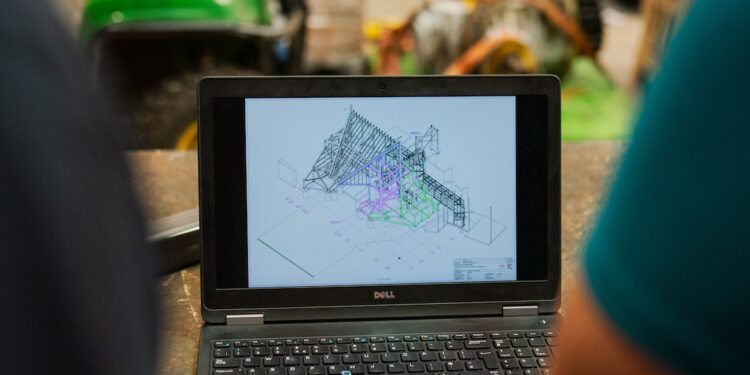Construction and architecture engineering are two distinct fields of engineering that are both vital in the world of design and building. Each has its own unique features, with a range of advantages and disadvantages. In this article, we take a closer look at the pros and cons of construction and architecture engineering.
Construction Engineering:
Construction engineering primarily focuses on the planning, design, construction, and maintenance of infrastructures. The primary goal of construction engineering is to ensure that buildings and structures are safe, stable, and properly constructed. Here are some of the pros and cons associated with construction engineering:
Pros:
1. Job Satisfaction: Constructing a building from scratch or repairing a significant infrastructure can be a rewarding experience for a construction engineer who loves to see the outcome of their work.
2. Job Security: the demand for construction engineers keeps growing each day as more buildings need to be erected, there is a constant need for construction engineer professionals.
3. Salary: Construction engineers have balanced compensation packages due to the technical skillset required for the job. They rank amongst the highest in the engineering field.
Cons:
1. Risk: Construction engineers involved in on-site work exposing them to higher levels of risks due to the nature of the job.
2. Long Working Hours: Construction engineers may work longer hours than expected, especially when there is a tight deadline, which can demand more of their time and resources.
3. Pressure: In construction, several different parties may be holding down deadlines, financial budgets, and other demands making the job quite stressful with high pressure.
Architectural Engineering:
Architects are responsible for designing and constructing buildings, which involves planning, designing, estimating costs, contracting, and executing a range of tasks. An architectural engineer uses their knowledge, skills, and creativity to turn abstract ideas into functional, safe, and aesthetically pleasing structures. Here are some of the pros and cons of architectural engineering:
Pros:
1. Creativity: Architectural engineers have a great opportunity to express their creativity in their designs.
2. Job Satisfaction: Architectural engineers have the satisfaction of contributing to the beauty of the environment as at completion of an architectural project produces an attention-grabbing sight.
3. Flexibility: Architectural engineers have the opportunity of sharing their gained knowledge and skills from unique projects.
Cons:
1. Lengthy Educational Journey: Unlike most of the engineering fields, architectural engineering has a longer educational process, which can be tedious at times.
2. High Professional liability: Building design and construction regulation is crucial, and architectural engineers are held responsible for every aspect of the building they design.
3. High Restraints: The work of an architectural engineer is generally limited to the information put into the design. Any additional information input into the building must be systematically tested, and rules and regulations adhered to.
In conclusion, both construction and architectural engineering have their advantages and disadvantages. Different skills and qualities are essential for each profession. Decision-making of which field to follow may be challenging. Still, individuals can make a more informed decision on the path to take by adequately evaluating the pros and cons.














